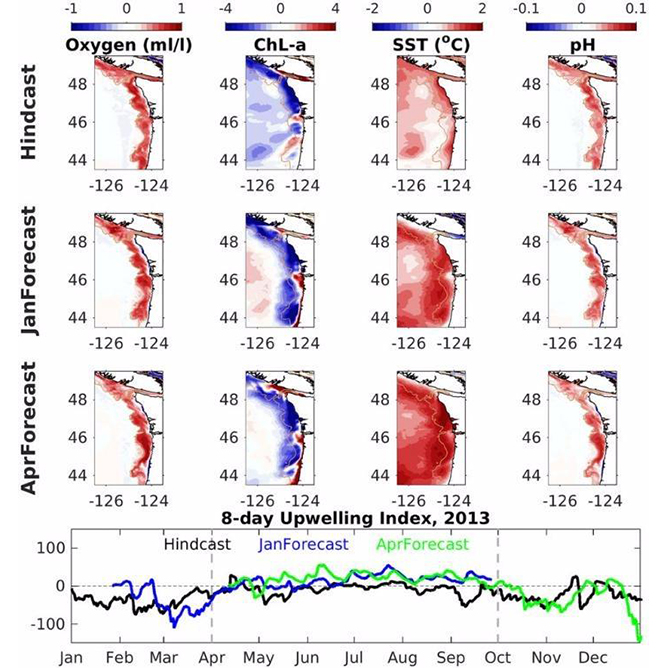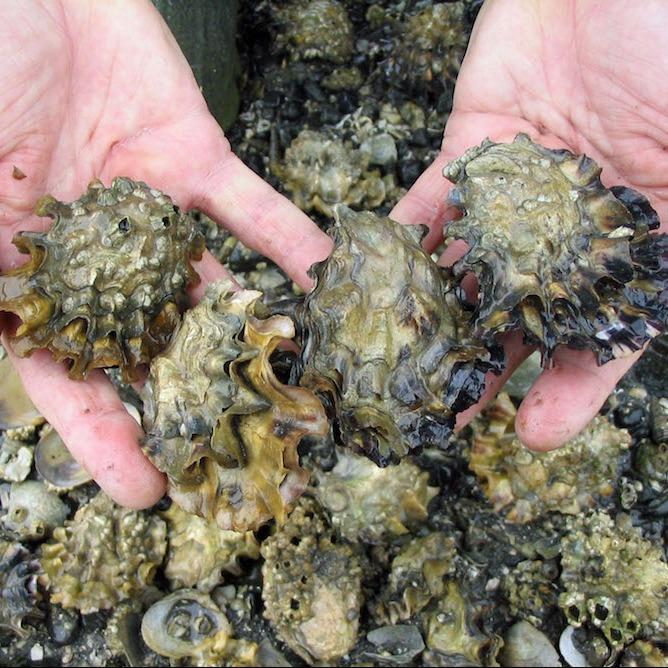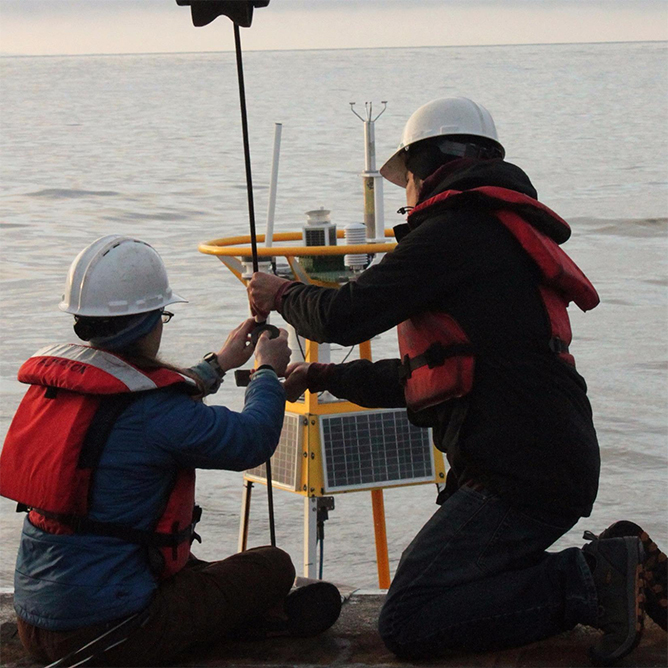Calcification and organic production on a Hawaiian coral reef
Net ecosystem calcification rates (NEC) and net photosynthesis (NP) were determined from CO2 seawater parameters on the barrier coral reef of Kaneohe Bay, Oahu, Hawaii. Autosamplers were deployed to collect samples on the barrier reef every 2 h for six 48-hour deployments, two each in June 2008, August 2009, and January/February 2010. NEC on the Kaneohe Bay […]
Calcification and organic production on a Hawaiian coral reef Read More »



